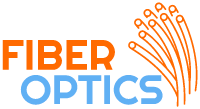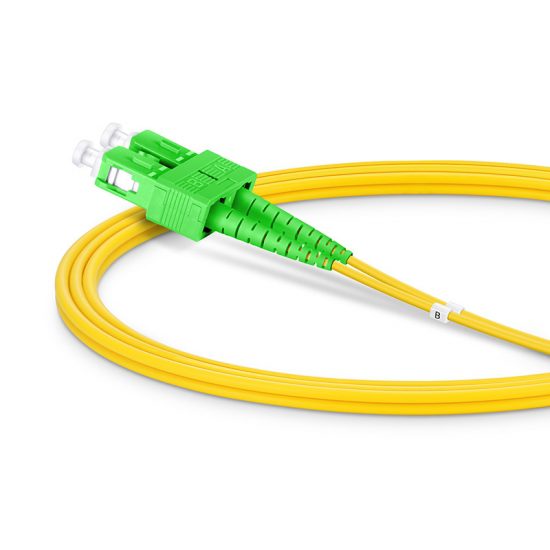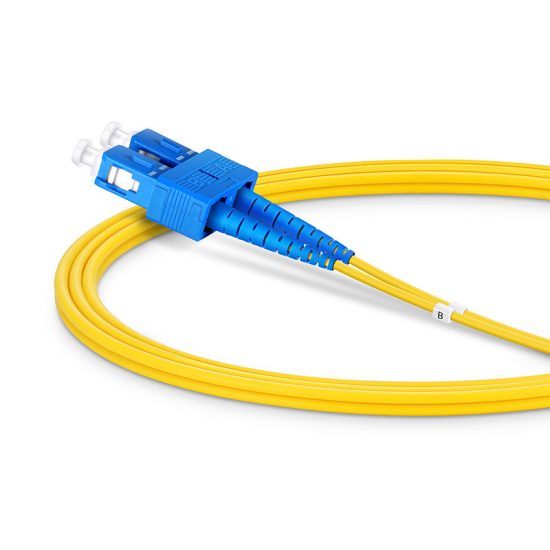Fiber optics is a technology that uses glass or plastic threads (fibers) to transmit data. These fibers are extremely thin, about the diameter of a human hair, and are coated in a material that allows light to travel through them. Because light can travel through these fibers with little loss of signal strength, fiber optic cables are able to transmit data over much longer distances than traditional copper cables.
One of the main advantages of fiber optics is the high bandwidth it offers. Bandwidth is a measure of the amount of data that can be transmitted over a given period of time. Traditional copper cables have a bandwidth of about 10 Mbps (megabits per second), while fiber optic cables can have a bandwidth of up to 100 Gbps (gigabits per second). This means that fiber optic cables can transmit data at speeds that are thousands of times faster than traditional copper cables.
Another advantage of fiber optics is that it is less susceptible to interference than traditional copper cables. Copper cables can be affected by electromagnetic interference (EMI), which can cause data transmission errors. Fiber optic cables, on the other hand, are immune to EMI, which means that they can transmit data more reliably and with fewer errors.
Fiber optics is also more secure than traditional copper cables. Because light cannot be tapped or intercepted like electrical signals, it is much more difficult for someone to intercept data transmitted over fiber optic cables. This makes fiber optics an attractive option for transmitting sensitive data, such as financial information or personal information.
Fiber optics is being increasingly used to provide internet access to homes and businesses. Fiber optic internet is often referred to as “fiber to the home” (FTTH) or “fiber to the premises” (FTTP). This means that instead of having a copper cable running to your home, a fiber optic cable is run directly to your home or business. This allows for much faster internet speeds and more reliable connections.
Fiber optic internet is also more widely available than it used to be. In the past, fiber optic internet was only available in certain areas or to certain businesses. However, as the technology has become more advanced and less expensive, more and more internet service providers (ISPs) are offering fiber optic internet to their customers.
Fiber optic internet is also more affordable than it used to be. While fiber optic internet used to be much more expensive than traditional internet, the cost has come down in recent years. This is partly due to the economies of scale that come with increased demand for the technology, but it is also due to the increasing competition among ISPs.
Fiber optic internet is not without its challenges, however. One of the main challenges is the cost of installation. Running fiber optic cables to homes and businesses can be expensive, especially in areas where the infrastructure is not already in place. Additionally, fiber optic internet is not yet available in all areas of the country. This means that many people still do not have access to high-speed internet.
In conclusion, fiber optics is revolutionizing internet access and speeds by offering faster and more reliable connections, greater security and wider availability. The high bandwidth of fiber optic cables allows for much faster internet speeds, while the immunity to electromagnetic interference and secure nature of fiber optic cables provide for more reliable and secure data transmission. Although installation cost and availability still remain a challenge, fiber optics is becoming more and more accessible and affordable for homes and businesses, bringing the world closer to a future where high-speed internet is the norm.



